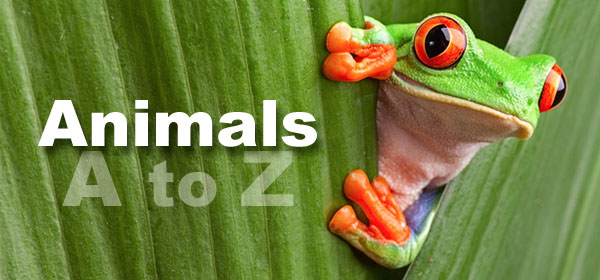Hiyaaaa!!! I’m sure you have all seen enough of my face over these past few weeks so I’m back to writing blogs for you all to enjoy and hopefully learn a thing or two about some of species that we have on the mammal section at the park. It has been lovely in the recent…
With the news in January of us having to close our sister site, Sandwich Wildlife Park I wanted to give you an update on the new residents who have moved over to now call Wingham Wildlife Park their home. BIRDS We have had a move around with some of our penguins and have been joined…
It was fantastic to see how many of you enjoyed our live stream talk about the wild birds around the park. If you missed it, you can catch up HERE. It is feeling so spring-like outside at the moment I thought it would be great to talk about some of the wild birds to look…
An invasive species is one that has been introduced to a new environment. It’s presence there has a negative impact, sometimes on a large scale. There are many reasons for these introductions. It may have been accidental, rats for example stowed away on ships and were transported unknowingly. Plants have been imported for peoples gardens…
Mandrills, obviously… They are the largest and one of the most colourful monkeys in the world. But why are they so colourful? It is the male Mandrills that can develop the bright blues, purples and reds on their faces and backsides. These colours indicate a more dominate male within the troop. The brighter the colour,…
(It has been a tough year for everyone and as we lead in to Christmas why not support your favourite zoo, Wingham Wildlife Park and shop local.) Let us help you find that unique gift for your animal crazy loved ones this Christmas and create memories that they will never forget. Day ticket This Christmas…
If you’ve been following our social media you may have already seen some adorable pictures of the East African Crowned Crane chicks that hatched earlier in the year at our park. If not then don’t despair! In my blog this week I will be reminiscing about these bizarre looking birds. When you see our Cranes…
So last time we talked about carnivore teeth but they don’t make up the whole section. We also have a few omnivores. So while omnivores need some carnivore teeth to eat meat they also need a few different ones for eating other stuff. Moon Bears The main example I have to bring up is of…
Hey everyone! For my blog, this week I am going to talk about a very special group of monkeys, the Leaf eating Monkeys. They live in a subfamily group called Colobinae and are typically found throughout Africa and Asia and are long-tailed, tree dwelling monkeys that depend almost entirely on leaves as the main part…
I am very pleased to let you know (if you don’t already know) that we now have 4 Rothschild Giraffe Giraffa camelopardalis rothschildi at the park so our tower is now complete. We have recently welcomed our two new males from Longleat Safari Park. It felt very much like déjà vu when the day arrived…


